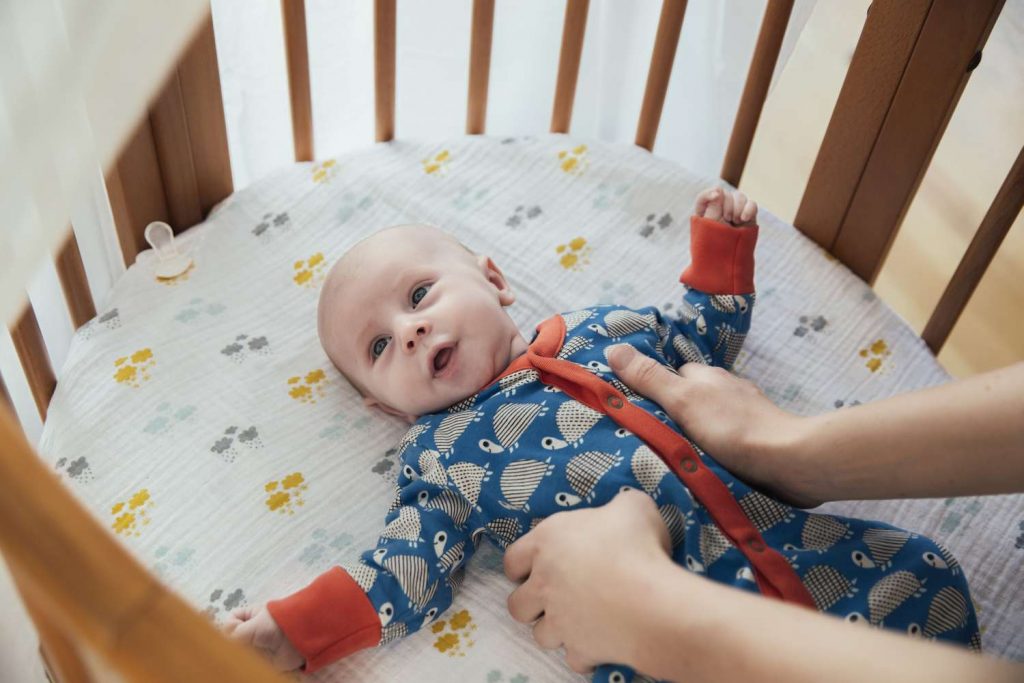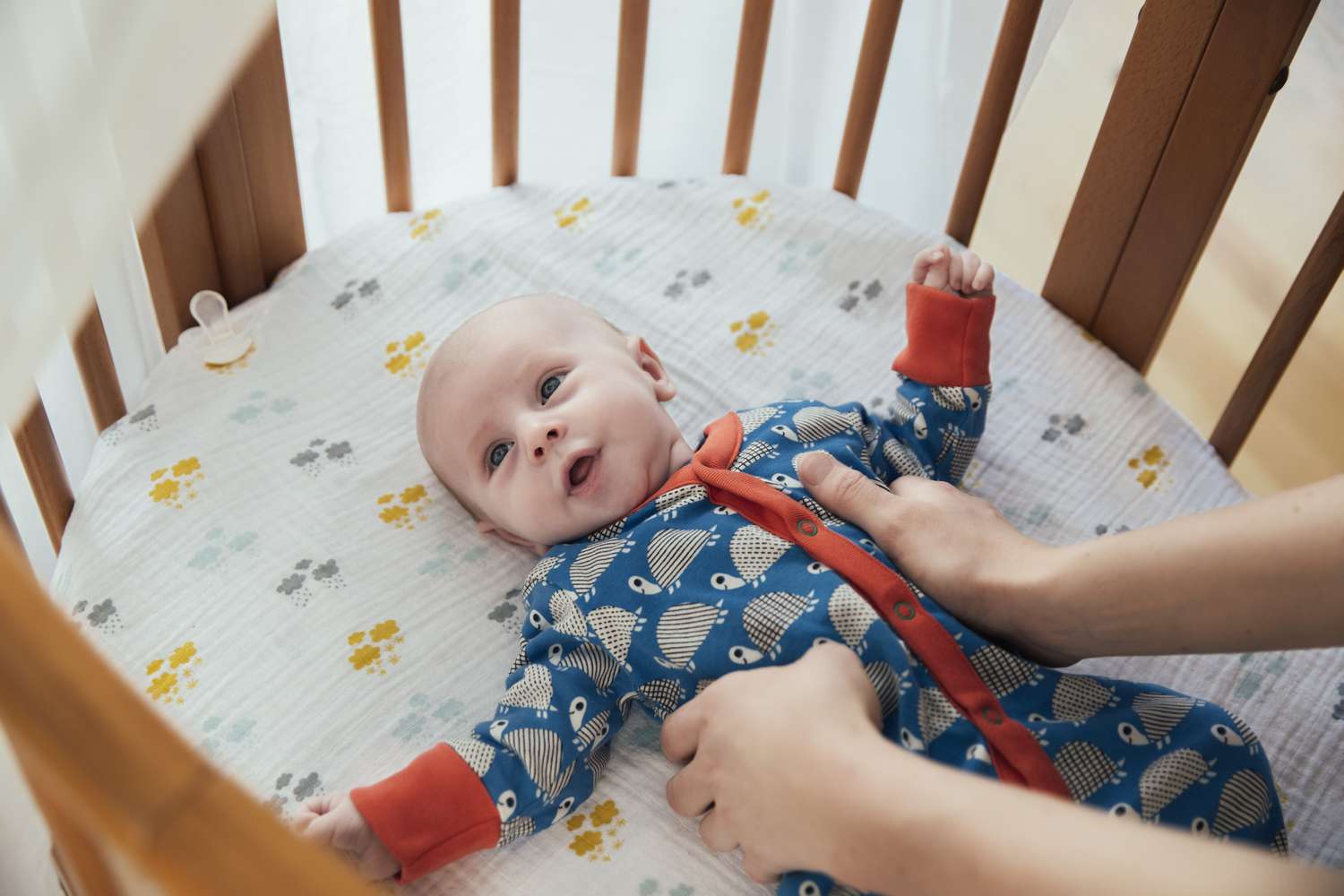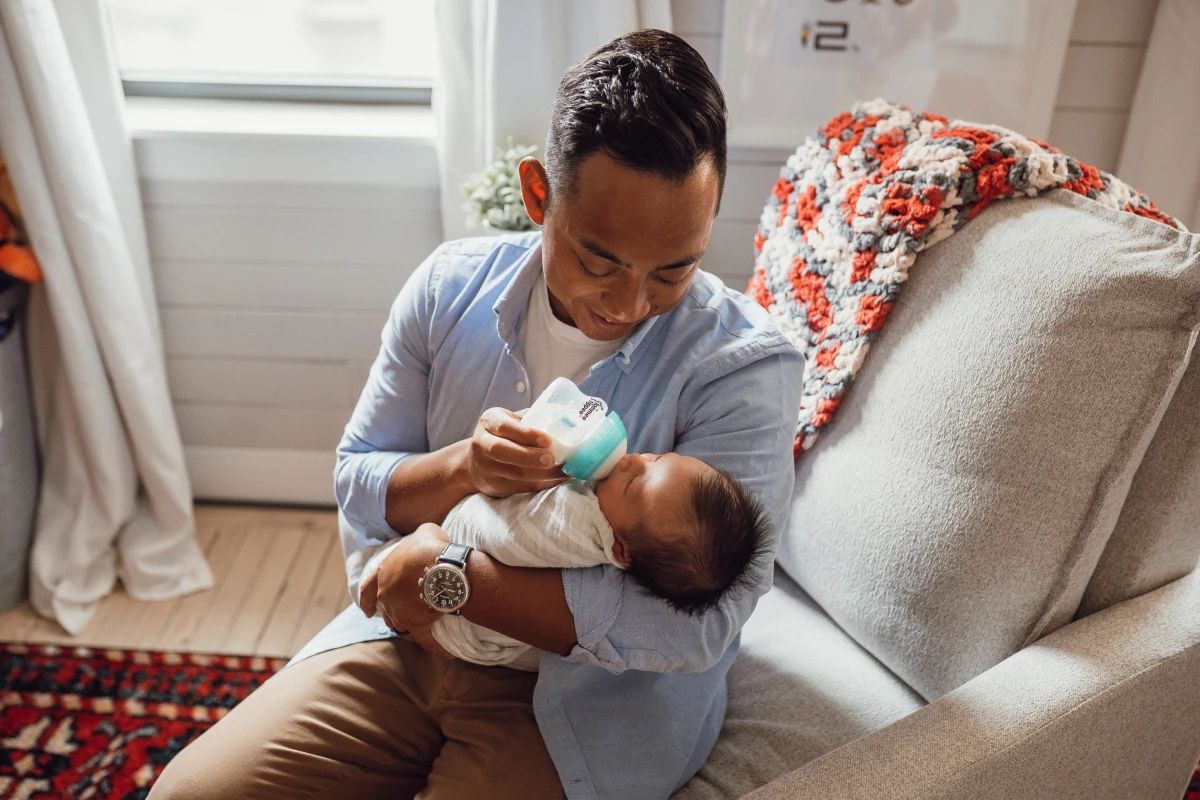Many parents worry about the right time to transition their little ones from their bassinet to a crib. While some parents don’t even give bassinets a chance, others rely on them too much. Even if they are a safe sleep option, most of them are used only for a few months.
The reason every parent worries about transitioning to a crib is that they don’t want their child to be uncomfortable. And not to mention the risk of them hurting themselves. If you want to make this process stress-free, you should be well informed on when and how to do it, not forcing your baby to transition too soon or too fast.
Even though you might feel intimidated, this article is meant to prepare you for a smooth and effortless adaptation. Continue reading to find out when to transition from bassinet to crib.

When to Transition From Bassinet to Crib?
Babies should be usually prepared to transition from bassinet to crib once they reach the age of 4-6 months. But you can’t rely on age alone to know if it’s the perfect time to make the change. There are also a few signs to look out for, including surpassing the bassinet’s weight limit, how the baby fits in it, and whether they have started rolling or sitting in it.
That being said, the essential details concerning everything you need to know are elaborated on in the section below.
Weight limit
Depending on the bassinet type, some can hold only 10-15 pounds, while others can hold up to 25 pounds. Always check the instruction manual for a weight limit to make sure it can safely support your baby’s weight. In case the limit isn’t included, 15 pounds should be the mark to start transitioning to a crib.
Physical development
Some babies do develop faster or slower than others, so you can’t put all your trust in the weight limit. Make sure your little ones are comfortable by starting the transition if you see that they’re feeling cramped up in the bassinet.
You can usually notice this if you find them stuck in an uncomfortable position more often. Another sign that they’ve outgrown the bassinet is if they don’t have at least two inches of clearance at the top and bottom.
Movement
Another sign to keep an eye out for is your baby’s movements. Most motor functions start to develop as soon as the baby reaches the age of four months. That’s why it’s said to be the ideal age to make the move.
When a baby learns how to move and roll, new safety issues arise, so don’t wait for something potentially harmful to occur if you take protective measures. Sitting up in the bassinet or rolling over is a sure sign to change to a crib. Babies who can sit up aren’t safe as they can fall over and injure themselves.
Unrestful nights
The easiest way to detect that it’s time to transition to a crib is by monitoring how your baby sleeps at night. There is no better sign than your baby waking up crying during the night to know that something is not right.
If this happens more frequently, especially at abnormal times of the night, your little one may be having trouble finding a comfortable sleeping position. It may also show discomfort by kicking the bassinet during sleep time.
How to Start the Transition
Now that you’re well informed on when to transition from bassinet to crib, the next step is to know how to start this change. Even if some babies adjust to the crib as soon as they are introduced to it, others tend to make quite a ruckus.
It’s of the utmost importance that you keep your patience during this process and not give up. Consistency is the key!
Read more: How Long a Baby Can Sleep in a Bassinet
Getting the crib ready
It’s best if you introduce your baby to the crib as soon as you’ve assembled it. Make sure to adjust the crib by checking for any loose screws, adjusting the mattress height, and properly locking the wheels. Give your baby some time to adjust to a bigger space, even if you plan to keep using the bassinet for their sleep time.
When choosing a crib, always make sure to get one from a reliable brand that follows safety standards. The crib bars should ideally be 2 3/8 inches wide to prevent your baby from falling or getting its head stuck.
Always go for a firm mattress that fits the crib tightly, not thicker than six inches. This goes for the crib sheets as well because they pose a risk of suffocation when loose.
Placement
You can also try placing the crib in the same place where the bassinet was. Ensure it’s in a safe spot, away from windows, heaters, or draperies. Furthermore, try adding some fun details like eye-catching lamps, white noise, or crib mobiles.
Setting up the mood
While some see the crib only as a place for rest, it’s better if your little one associates it with something fun. You can try introducing it to them during playtime so it becomes their happy place for an easier transition. Shiny lights and some upbeat music may help set a lighter mood.
Also read: How to Get a Baby to Sleep in a Bassinet
Conclusion
I can’t stress enough how important it is to not force the baby to transition from bassinet to crib. If you lose your patience, you’ll be doing more harm than good. Make this transitioning period easier for yourself and your baby by encouraging a fun atmosphere and environment.
In conclusion, don’t rely only on your baby’s age to decide if the time is right to make the change. Pay close attention to their body language and the rest of the signs mentioned in the article. This way, you’ll know when and how to make the easiest transition.
Hope this article gives you all the information needed to know when to transition from bassinet to crib. All that’s left for you to do is provide the best comfort for your little one!








